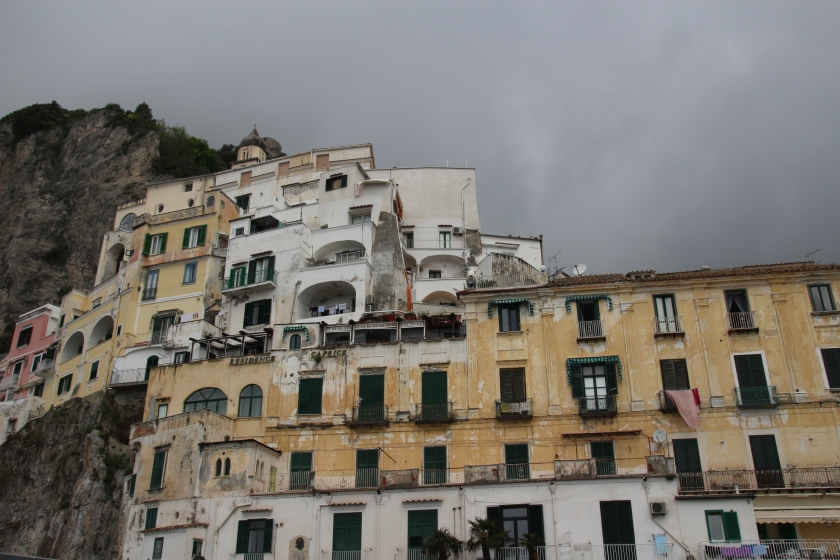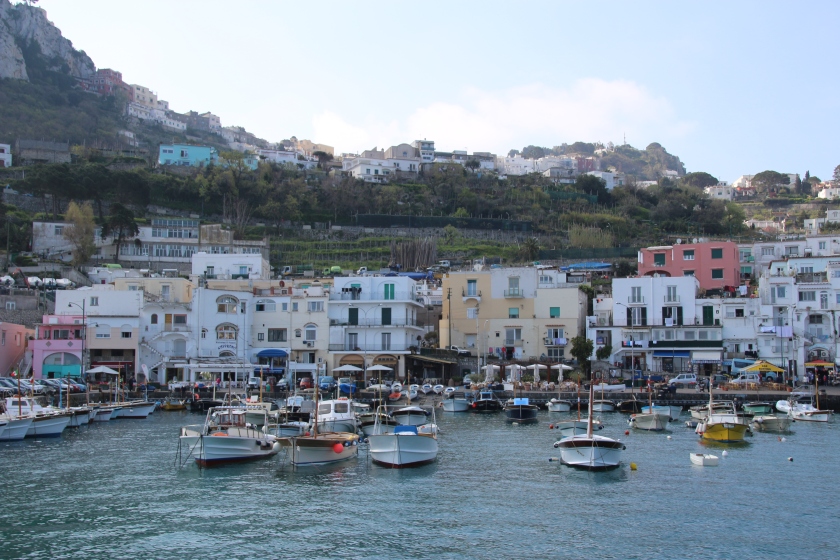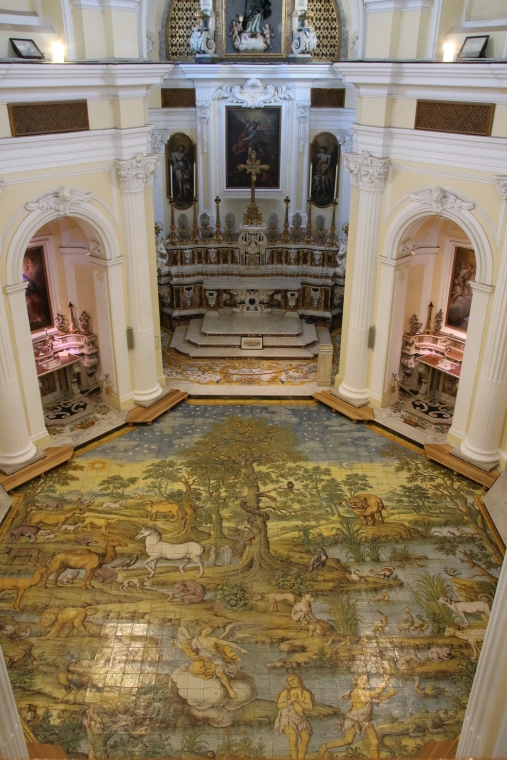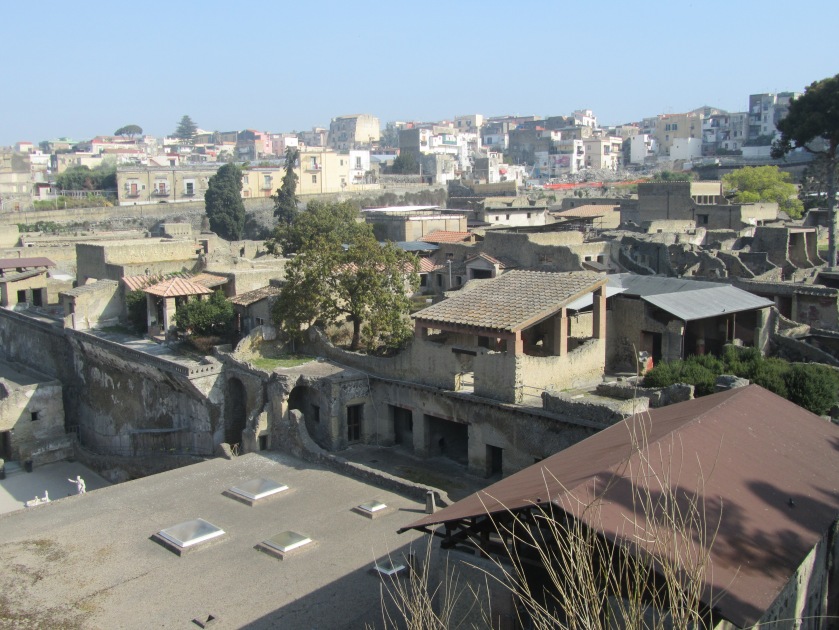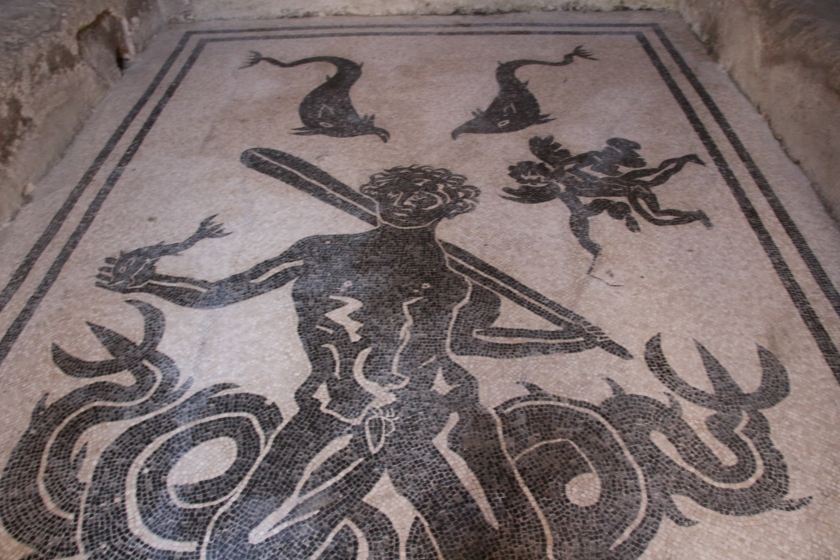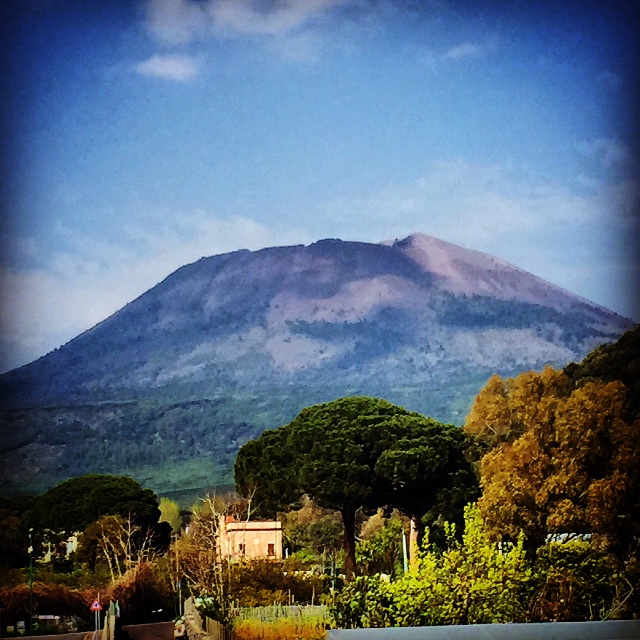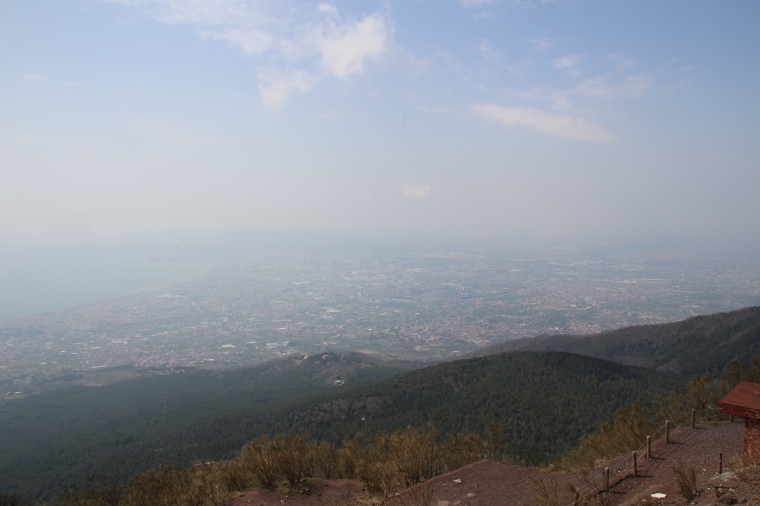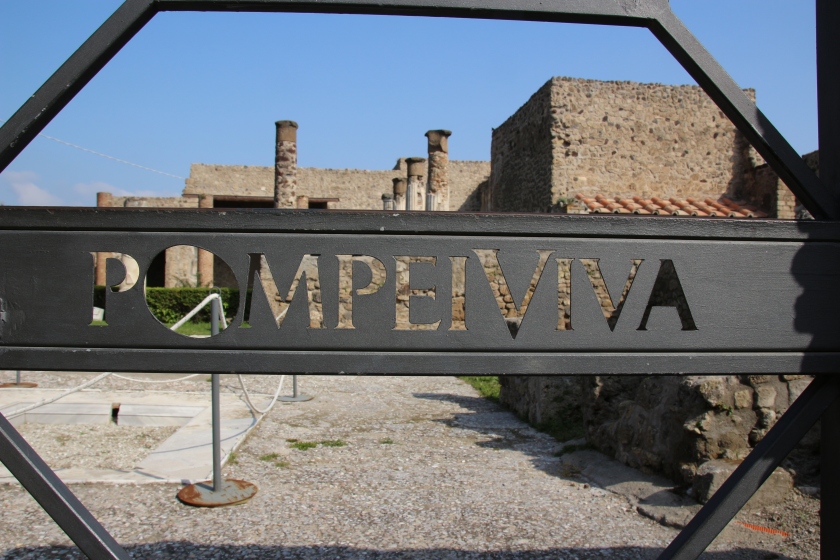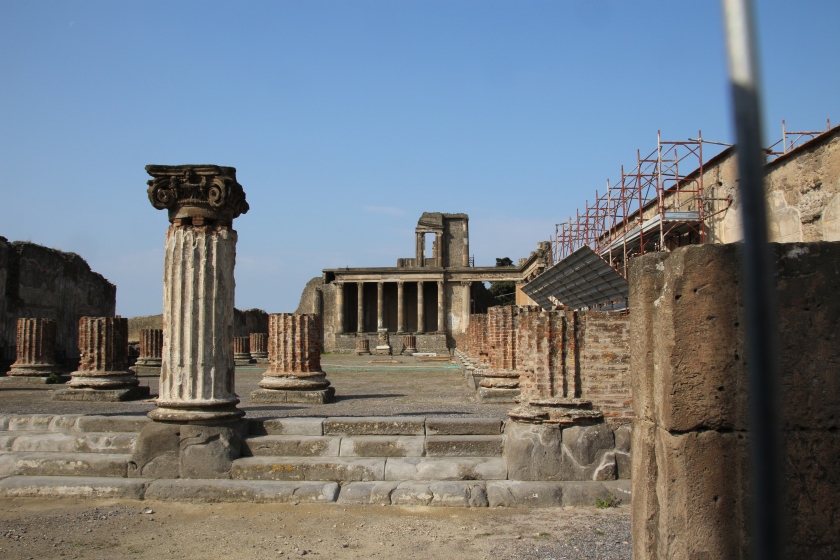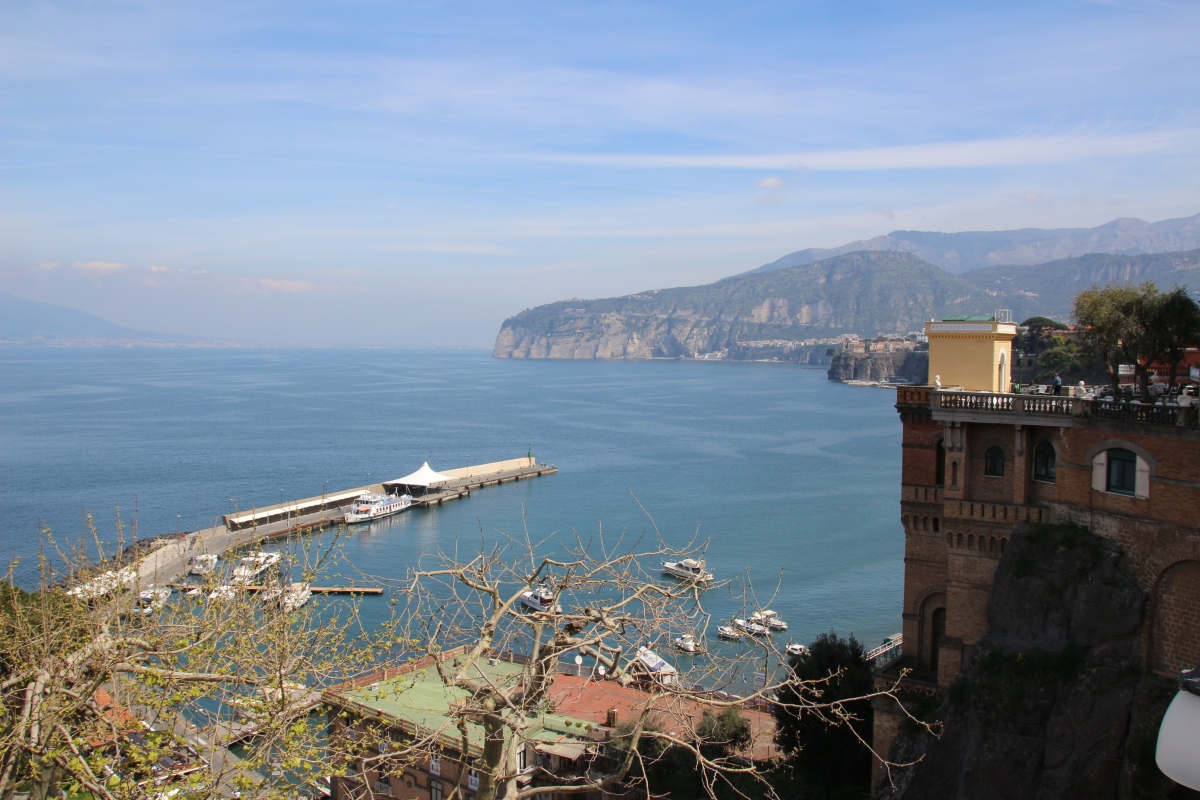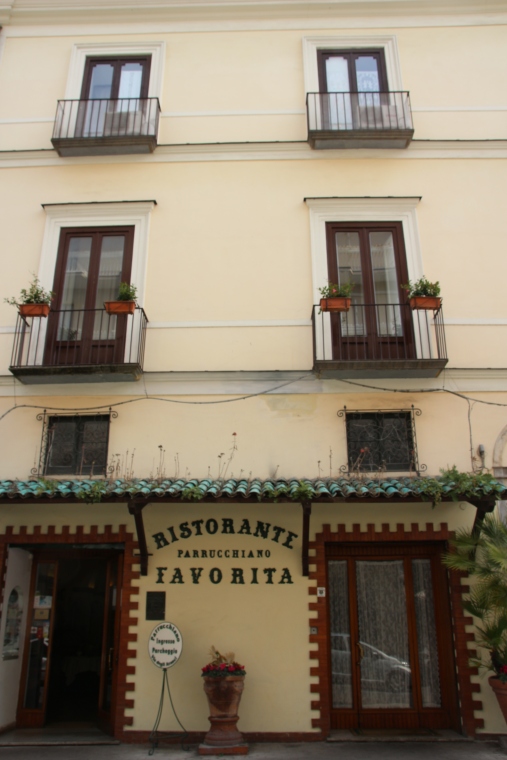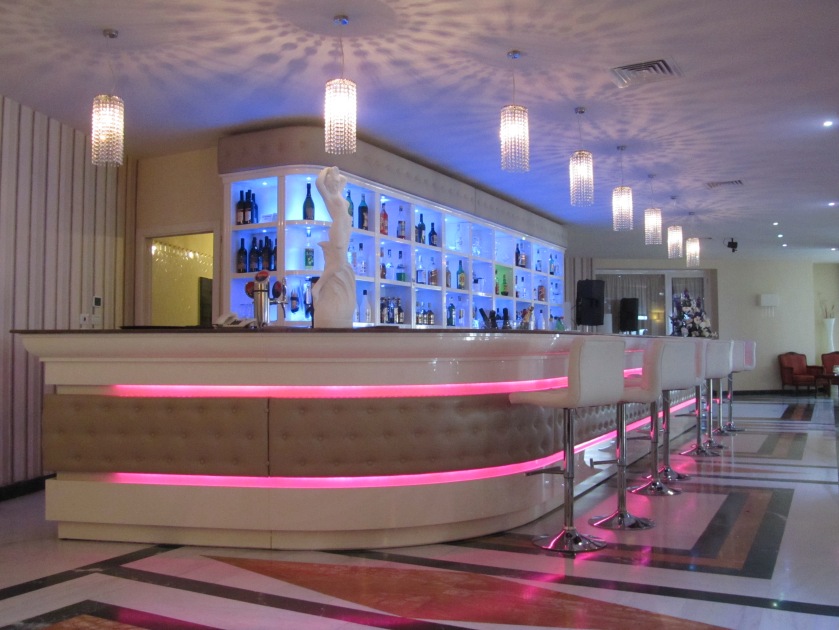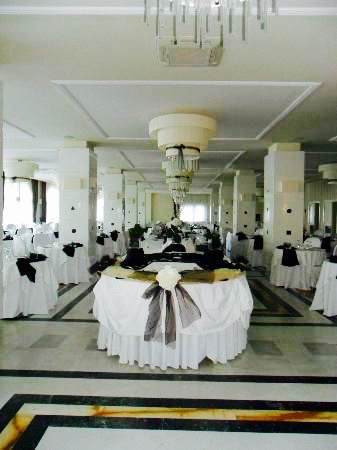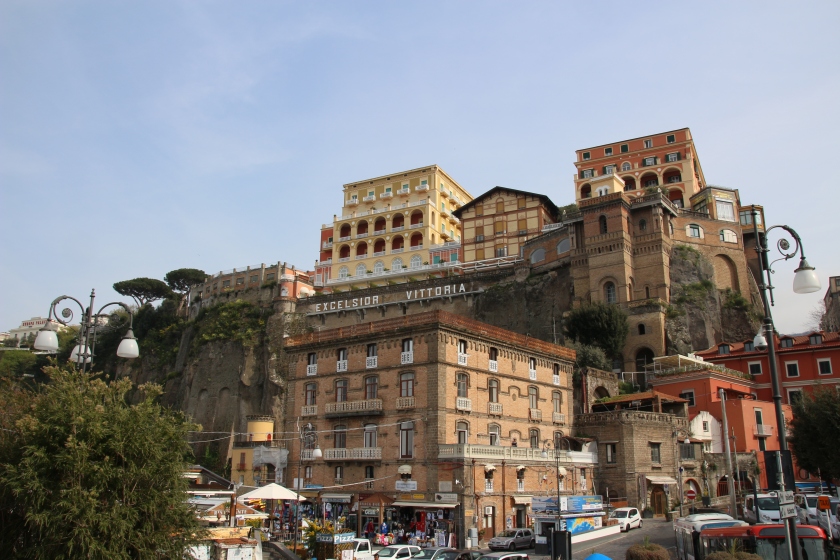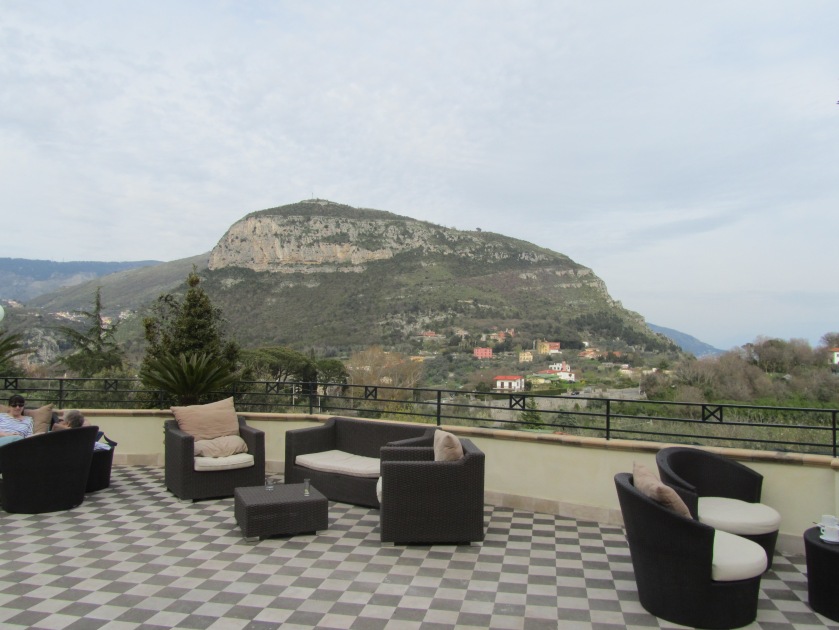When I recently visited Sorrento in Southern Italy I was really excited to take a trip down the Amalfi Coast. I had seen so many breathtaking pictures of the buildings built into the side of the cliffs on the Amalfi Coast and desperately wanted to see them with my own eyes, it was certainly on the top of my ‘to do’ list. I therefore booked an organised trip with Acampora Travel which cost approximately £30 per person. This trip included hotel pick up from our beautiful hotel in Piano Di Sorento the Grand Nastro Azzuro at 8.15am.

The Amalfi Drive (formally Strada Statale 163) is a 80 kilometre road which links Vietri sul Mare (a town just west of Salerno) to the town of Amalfi. The road was originally built by the Romans and gives fantastic views over the Tyrrhenian Sea below. The Amalfi Coast itself was listed as a UNESCO World Heritage Site in 1997. The road itself is extremely narrow, some points it is impossible for two vehicles to pass each other. To drive on this road, like most roads on the Sorrento Pennisula and around the Naples area, requires confidence and patience. Also, to be a passenger you need a strong stomach as there isn’t a gap between the road and the cliff edge and the drops down to the water are ridiculous.
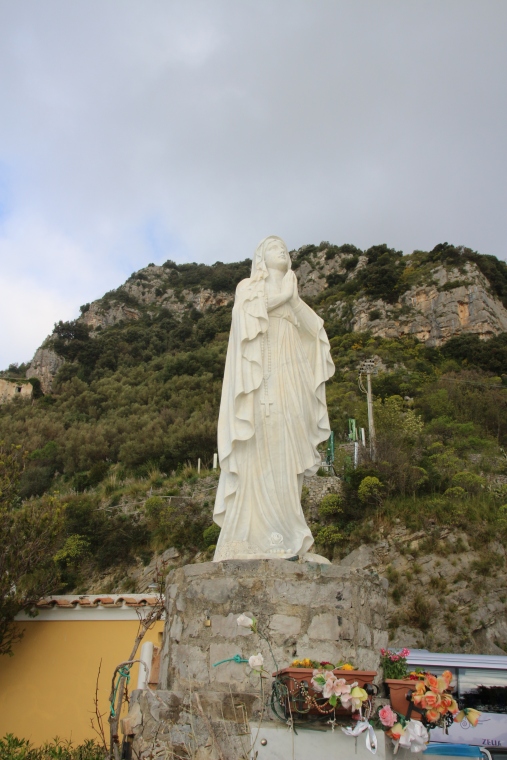
The first stop on our trip was Positano which is a very picturesque village on the Amalfi Coast with many houses built in the cliffs heading down to the sea, only accessible by foot. How beautiful to have that view from your front window but how much of a pain if you had been shopping and get back down to your house and realise you have forgotten the milk!!! Unfortunately, as our tour was conducted on a large coach we were unable to get down into the village itself which we felt was a great shame as we visited on an extremely cloudy day and our shots of this beautiful town aren’t too clear. Other tours are available which do allow you to get down into the town as minibuses are used rather than coaches. Therefore, if I were to visit this part of the world again I would definitely do this journey on a minibus – you live and you learn.

Next stop was the beautiful Amalfi itself. We arrived here at around 10.00am and jumped on an optional boat trip which took around an hour and took us up and down the coastline of Amalfi. If we had taken this trip on any other day of our stay in the area this would have been a fabulous thing to do. However, I think we visited on the most miserable, cold day of the year because of this we sat shivering for 60 minutes as we tried to see the reportedly picturesque coastline of Amalfi. Please don’t be put off by this. I’m sure if you are lucky with the weather you will have a wonderful time admiring the beautiful Italian architecture whilst bobbing around in the Gulf of Salarno. We then had 60 minutes free time. Mr ESLT and I took this opportunity to grab a Panini (as we are not breakfast people this was very welcome) and a coffee at a small, yet extremely expensive coffee shop directly opposite the Amalfi Cathedral – what a backdrop! Unfortunately we did not have time to explore inside as it was onto our next port of call…..

After more twists and turns we arrived at Scala, a tiny town with fantastic views over Ravello. Here we stopped for lunch. Lunch was not included in the price of the trip. To be honest it was a good job that Mr ESLT and I had, had a panini not long back as this had to be the WORST meal I have ever had in Italy (and I have been 6 times). It was a set menu for €13 – a beer (this was the best part!), garlic bread that we never got the chance to try as the grubby little kids that we were sharing a table with had their grubby little hands all over it, uncooked pasta and a soggy piece of lemon cake. I won’t name the restaurant (although it has the same name as a cheese and tomato pizza). I wish we had bypassed ‘lunch’ and spent the time exploring Scala because as soon as the meal was over we were frog marched back onto the coach for our next stop……

The beautiful Ravello. I wish, wish, wish we were given more time here! It is stunning. The town centre is pedestrianised – which I love. It’s also home to a number of lovely little restaurants and cafes which I’m sure would have been a better option for lunch(?) Here we headed straight to Villa Rufolo which was built in 1270 by Nicola Rufolo and is where Richard Wagner in 1880 was inspired for the stage design of his opera Parsifal. It has on of the most gorgeous gardens I have ever seen, albeit small and offers fantastic views out to sea, again if you visit on a clear day. As we were only given 60 minutes here we quickly walked through the narrow streets admiring the lovely little shops which sit alongside the 5* hotels which over the years have been frequented by the rich and famous. Ravello also boasts a beautiful cathedral which again we didn’t have time to explore.

Unfortunately this tour did not live up to expectations. It is not in doubt that the Amalfi Coast is stunning and well worth the visit but this day was not what I wanted it to be. Maybe it was the weather or our rumbling tummies by the end of the day? I think they played a part. But I think the main thing for me was I constantly felt rushed and that we did not have enough time in each place to fully appreciated what was on offer. It’s great if you simply want a whistle-stop tour of the beautiful villages but for me i wanted MORE!!!! Hindsight is a great thing but if I had my time again I think I’d hire a car so I could take things at my pace including an over night stay in each village. So in summary, I’m glad I visited the Amalfi Coast and highly recommend it I just don’t think the organised tour was for me.
